|
With the blast that occurred in Beirut earlier, this is a good time to do a rapid review on blast injuries. This can be a rather complex topic but we will focus on conventional explosives.
We should briefly review the science behind a blast. When an explosive blast or explosion occurs, there is a sudden release of energy. This leads to compression of the surrounding medium such as water or air which leads to an increase in pressure above the atmospheric pressure referred to as overpressure. The resulting overpressure wave moves outward at supersonic speed creating a negative pressure wake behind it referred to as underpressure. When the negative pressure wave passes, the pressures will return to their baseline. The extent of damage will vary based on peak of the overpressure wave, duration of the overpressure, the medium of which the explosion is present, relative distance from the blast wave, and the degree of focusing because of confinement (such as walls or enclosed spaces versus an open environment).
One of the most important points to remember is that blast injuries must be considered polytrauma. In such cases, there will be an array of injuries that can be quite obvious to occult. The United States Department of Defense with the blast injury research has a taxonomy for blast injuries into five categories (details included in the picture below from their site).
It is worth noting that different groups such as this chapter on Fundamental Disaster Management and this chapter in Fundamentals of Military Medicine may describe these components differently which reflects the evolving thought process and some of the controversy present in the topic.
Much of the management is the same as the individual components that arise with these types of injuries, but some are unique such as blast lung (pulmonary barotrauma). The extent of such injury has a significant impact on mortality. A pressure differential causes disruption of lung tissue with damage to the alveolar-capillary interface. Various complications such as pneumothorax, pulmonary contusion, hemothorax, pulmonary hemorrhage, mediastinal air, subcutaneous air, and pulmonary emboli can affect oxygenation due to ventilation/perfusion (V/Q) mismatch. Due to this, positive pressure ventilation should be avoided if possible. Avoid alveolar overdisention with low tidal volumes and low plateau pressures to decrease the risk of barotrauma, but know that hypercarbia will most likely occur. the goal then is to limit the acidosis. An air embolism may also occur and often seen within the first 30 minutes following a blast. It can lead to death through complications such as cardiac dysfunction and stroke. Other complications from air embolism includes bowel ischemia, blindness, and spinal cord injury. Traumatic brain injuries may also occur even without a direct blow to the head. Additionally, there can be penetrating head injuries from material thrown in the blast referred to as being secondary. Tertiary blast-induced neurotrauma is the coup-countercoup type injury where the injury is opposite of the impact. The figure below helps break this down further.
Injuries to the ears are quite common as the tympanic membrane (TM) is highly susceptible. However, the absence of a TM injury makes it less likely there is a significant injury to the lungs, gastrointestinal (GI) tract, or brain. The GI tract is susceptible mostly in its gas-containing portions. It is important to be vigilant of GI injuries as they can be easier to miss early on. Additionally, significant eye injuries can occur in up to 10% of blast survivors and often have a delayed presentation. It is worth encouraging screening by an ophthalmologist for such cases.
Overall, blast injuries can be complex and it is vital to understand these are polytrauma events. In many ways we have only scratched the surface, but these key takeaways can help better prepare you for such incidents and some of the unique complications that occur. Let us know what you think by giving us feedback here in the comments section or contacting us on Twitter or Facebook. Remember to look us up on Libsyn and on Apple Podcasts. If you have any questions you can also comment below, email at [email protected], or send a message from the page. We hope to talk to everyone again soon. Until then, continue to provide total care everywhere.
0 Comments
Leave a Reply. |
Libsyn and iTunesWe are now on Libsyn and iTunes for your listening pleasure! Archives
August 2022
Categories |
||||||
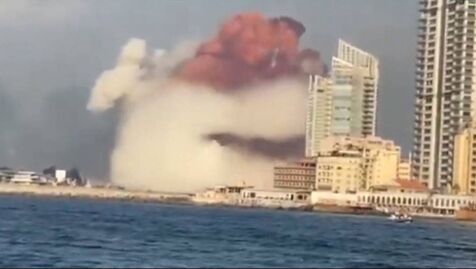
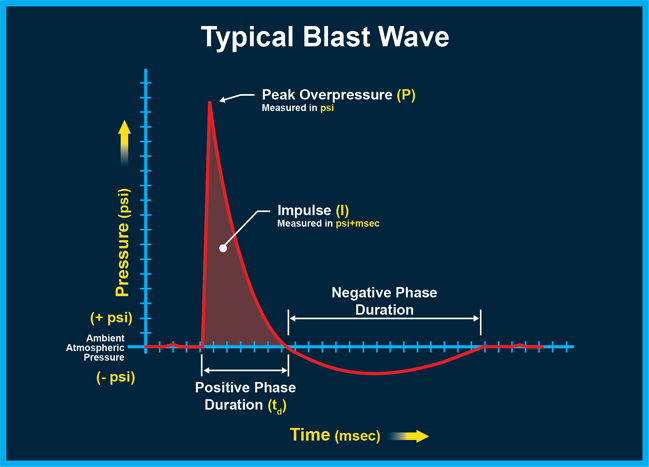
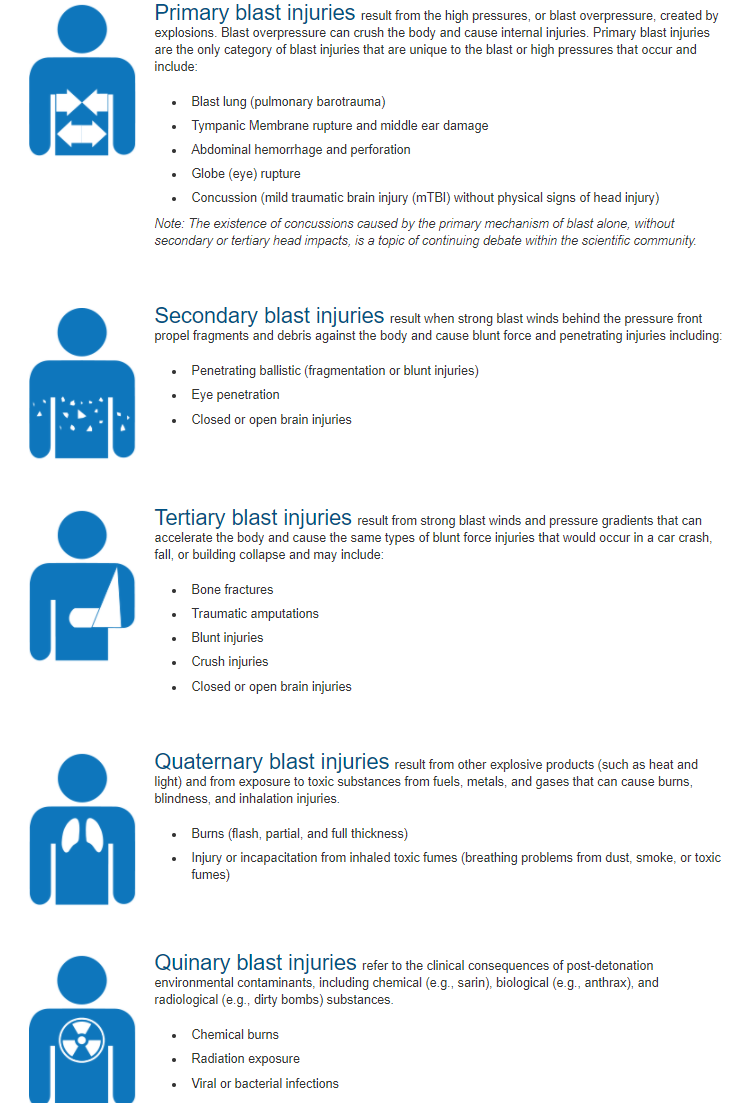
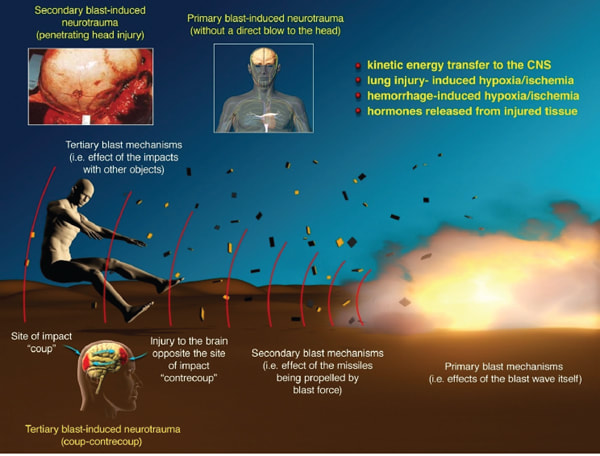
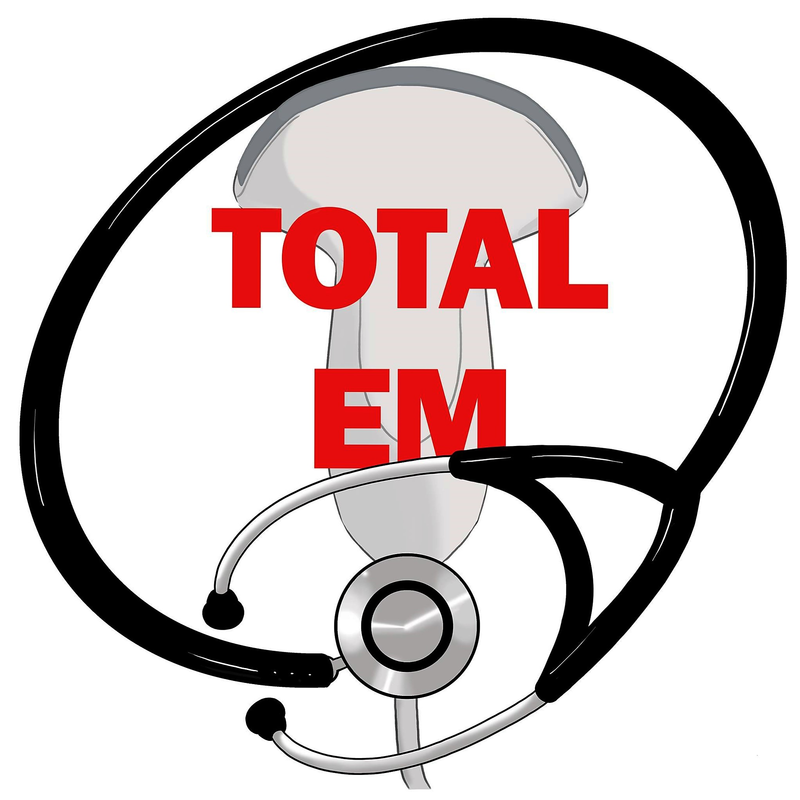
 RSS Feed
RSS Feed